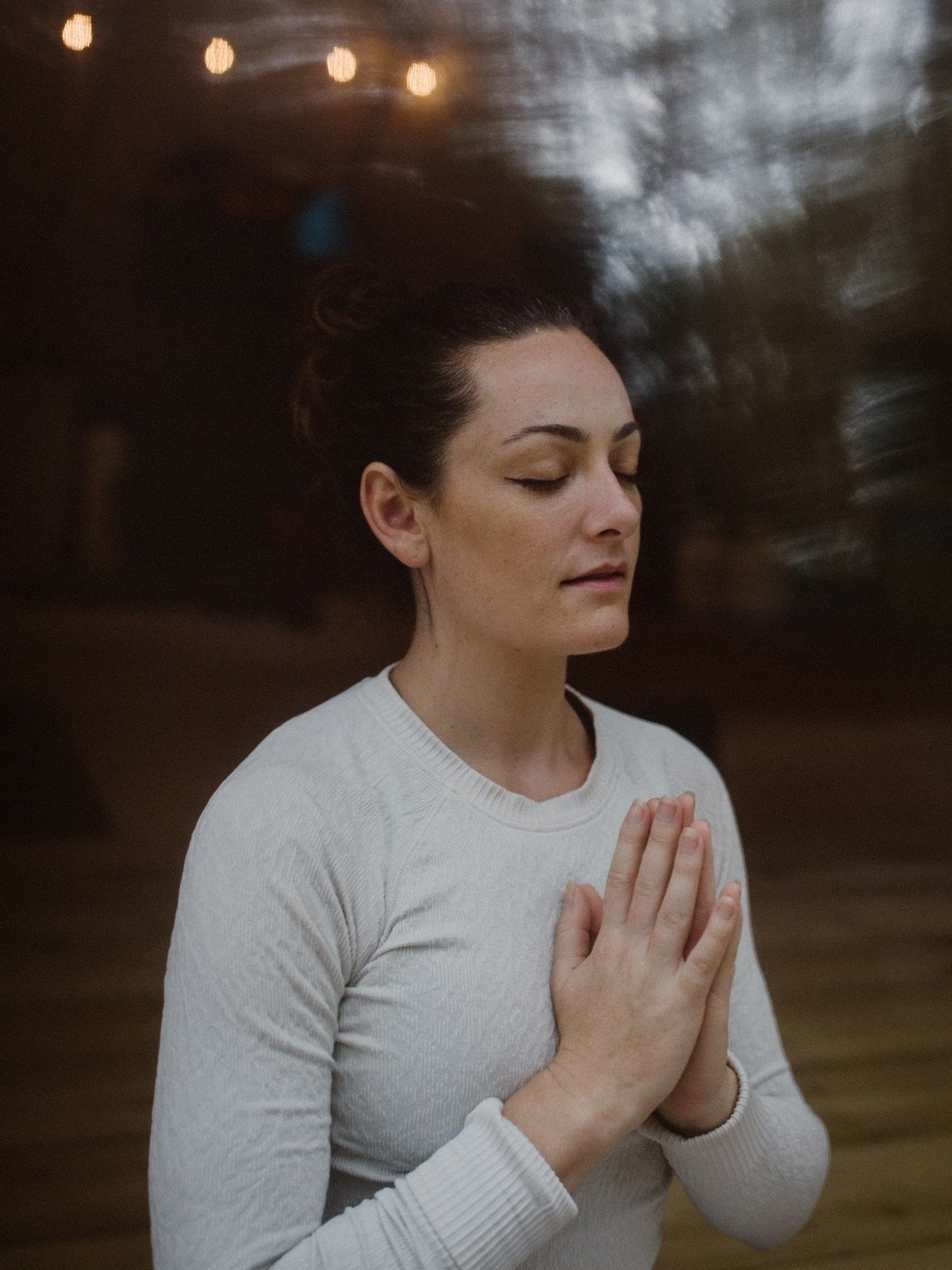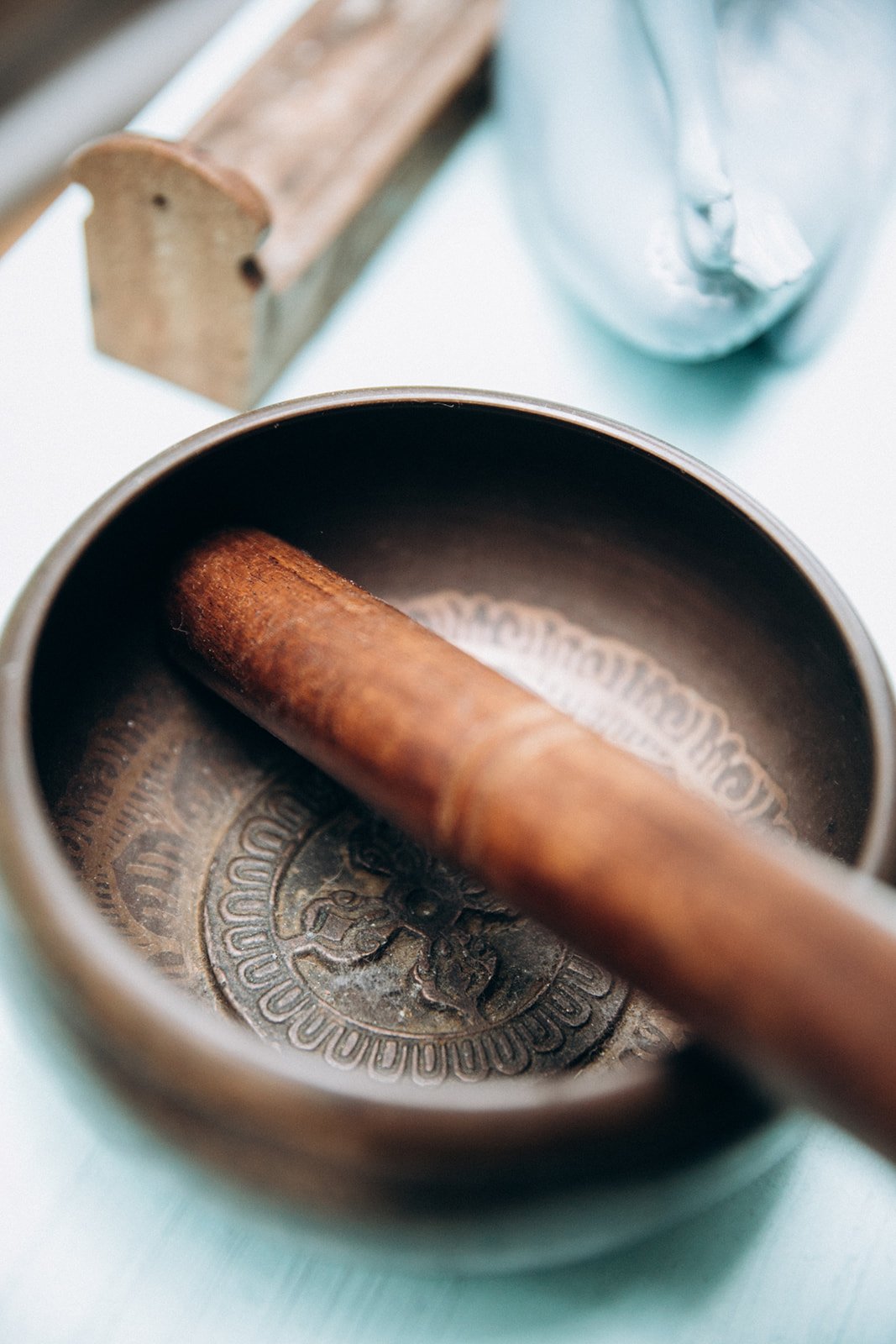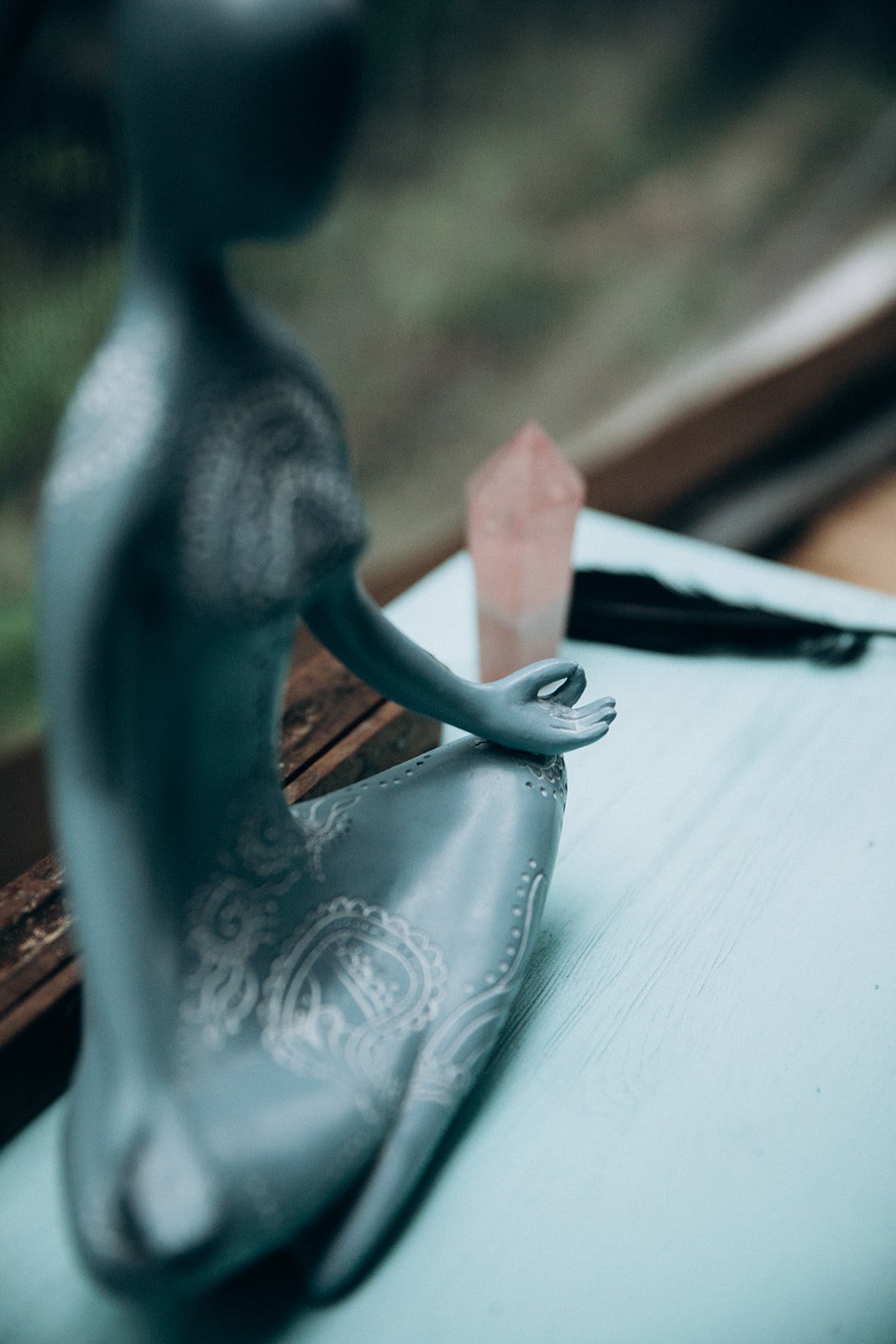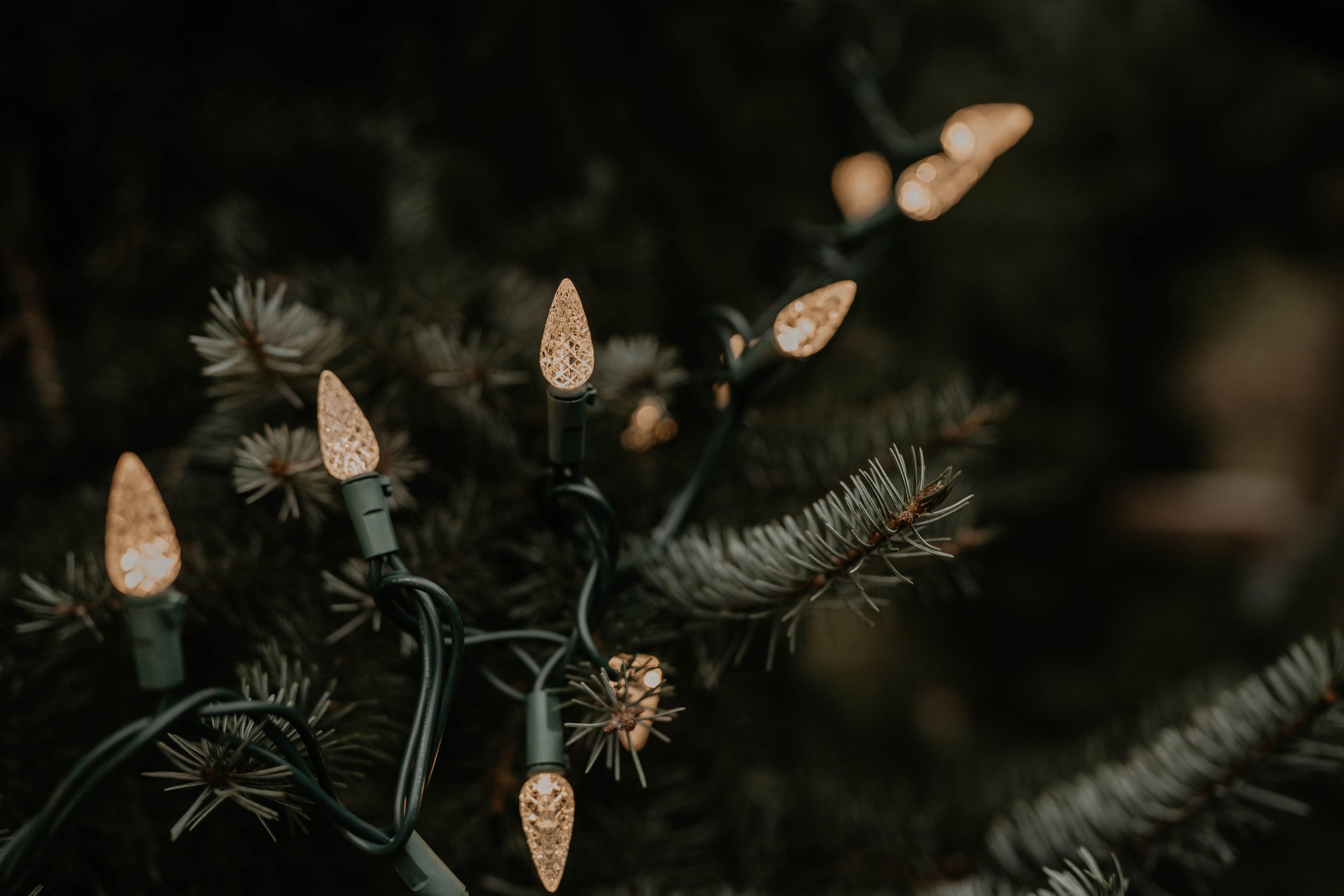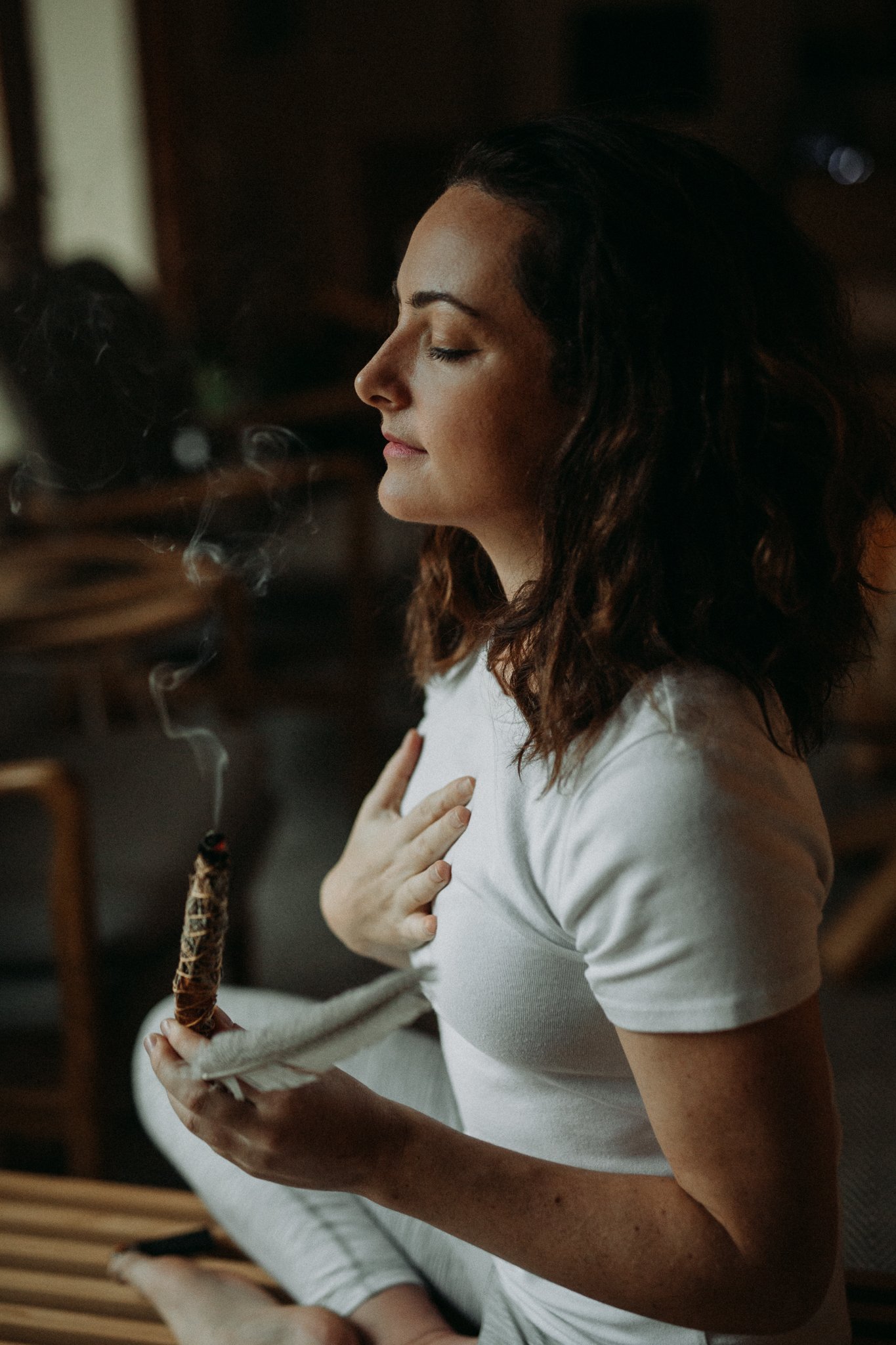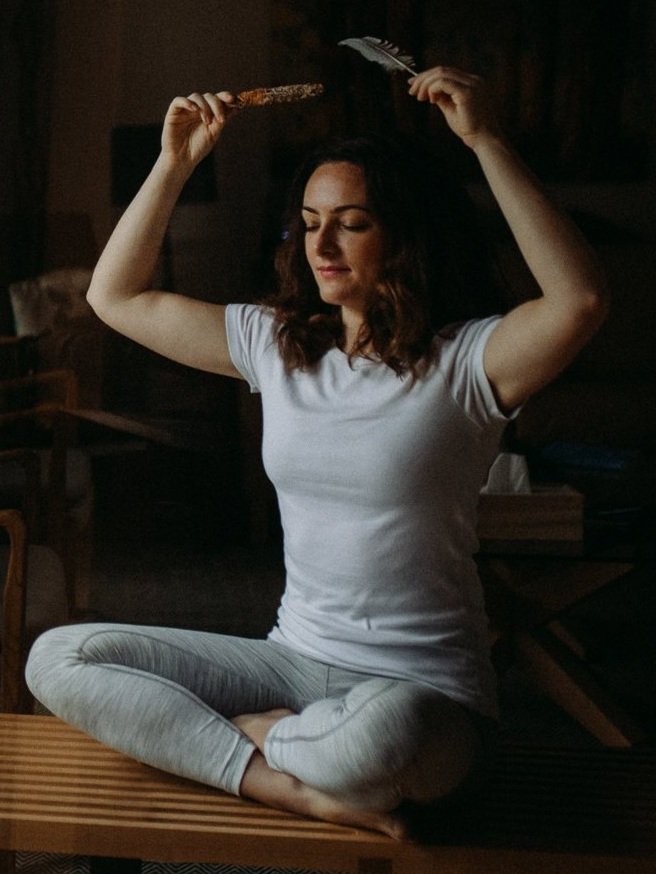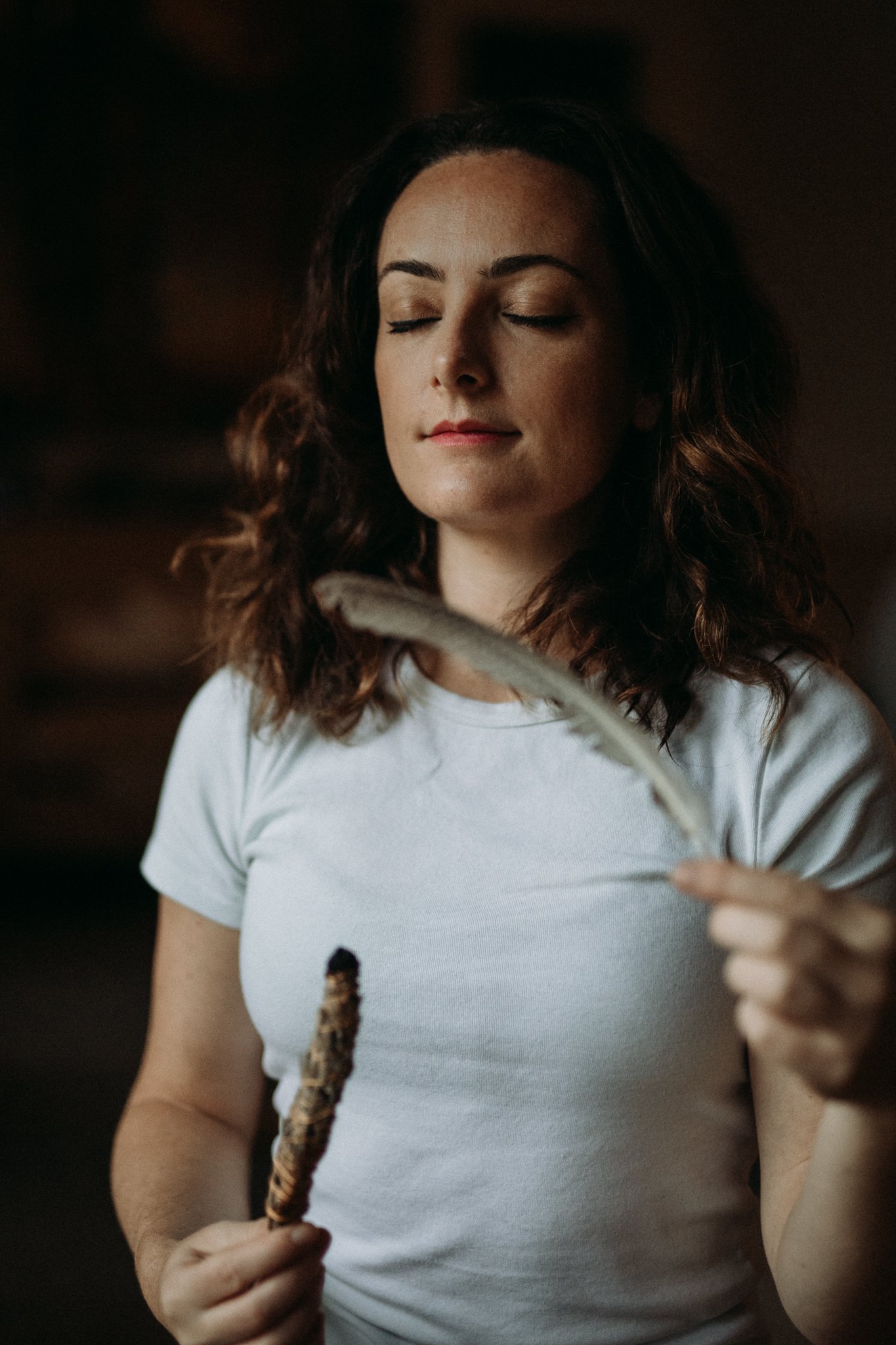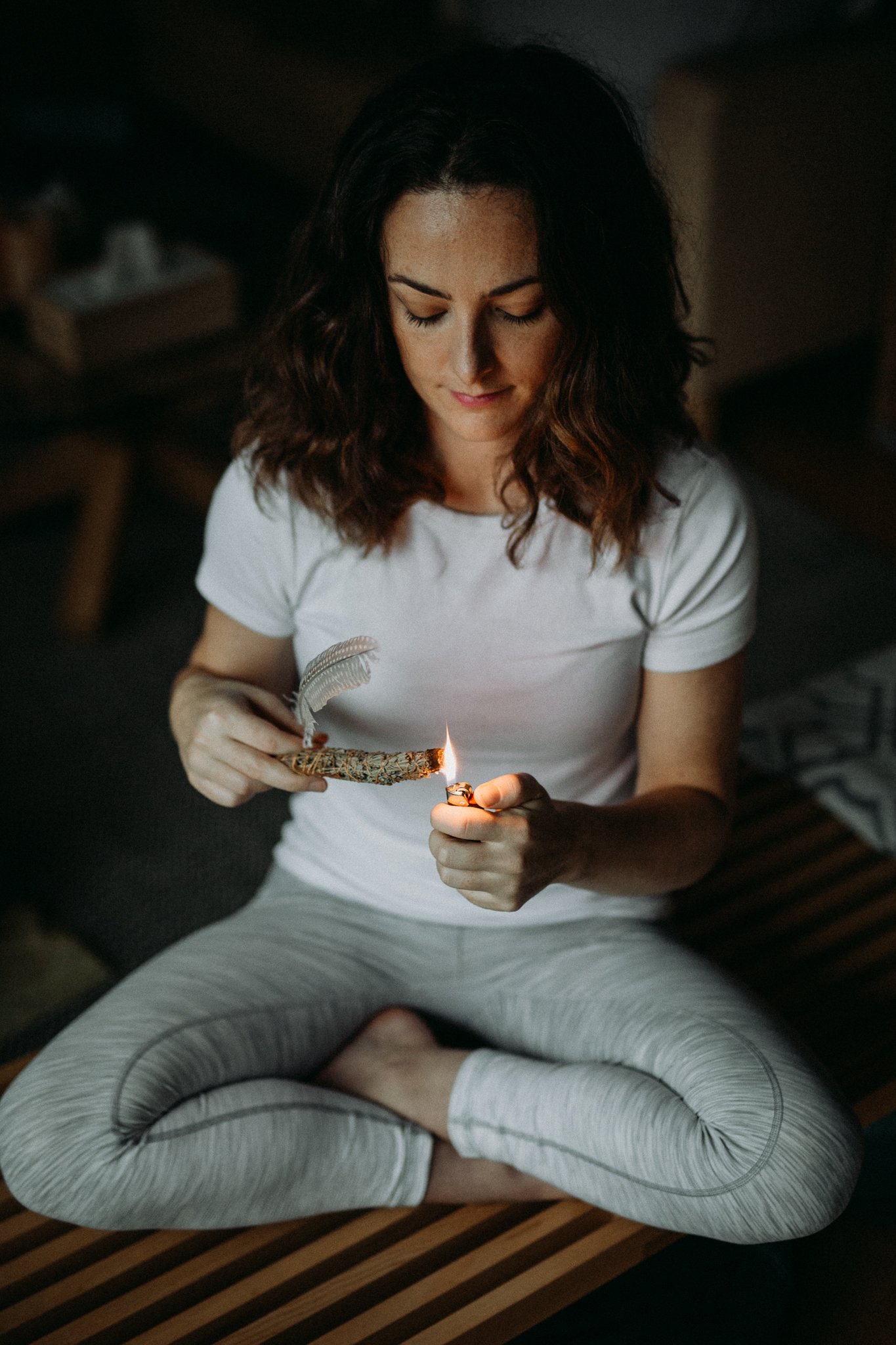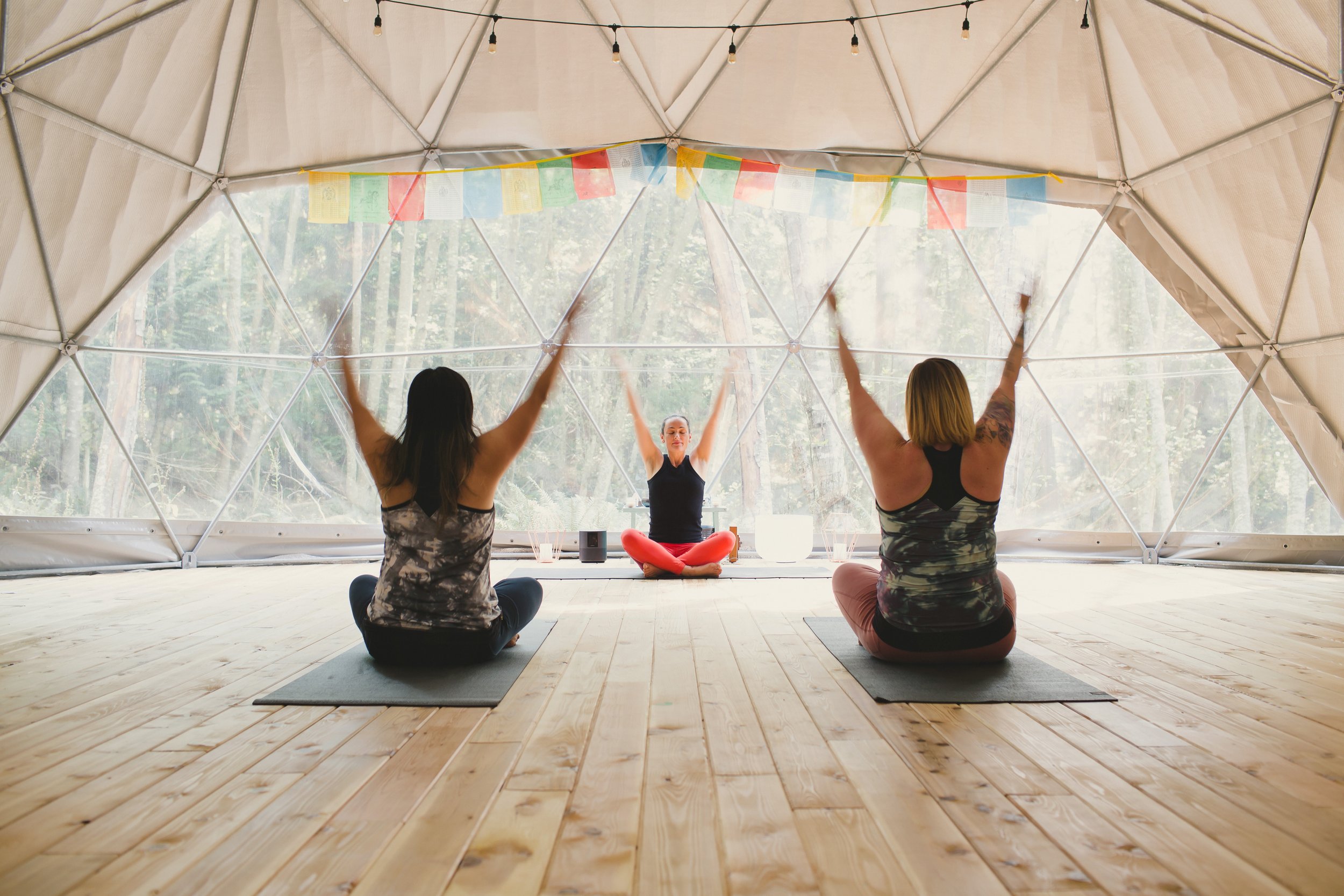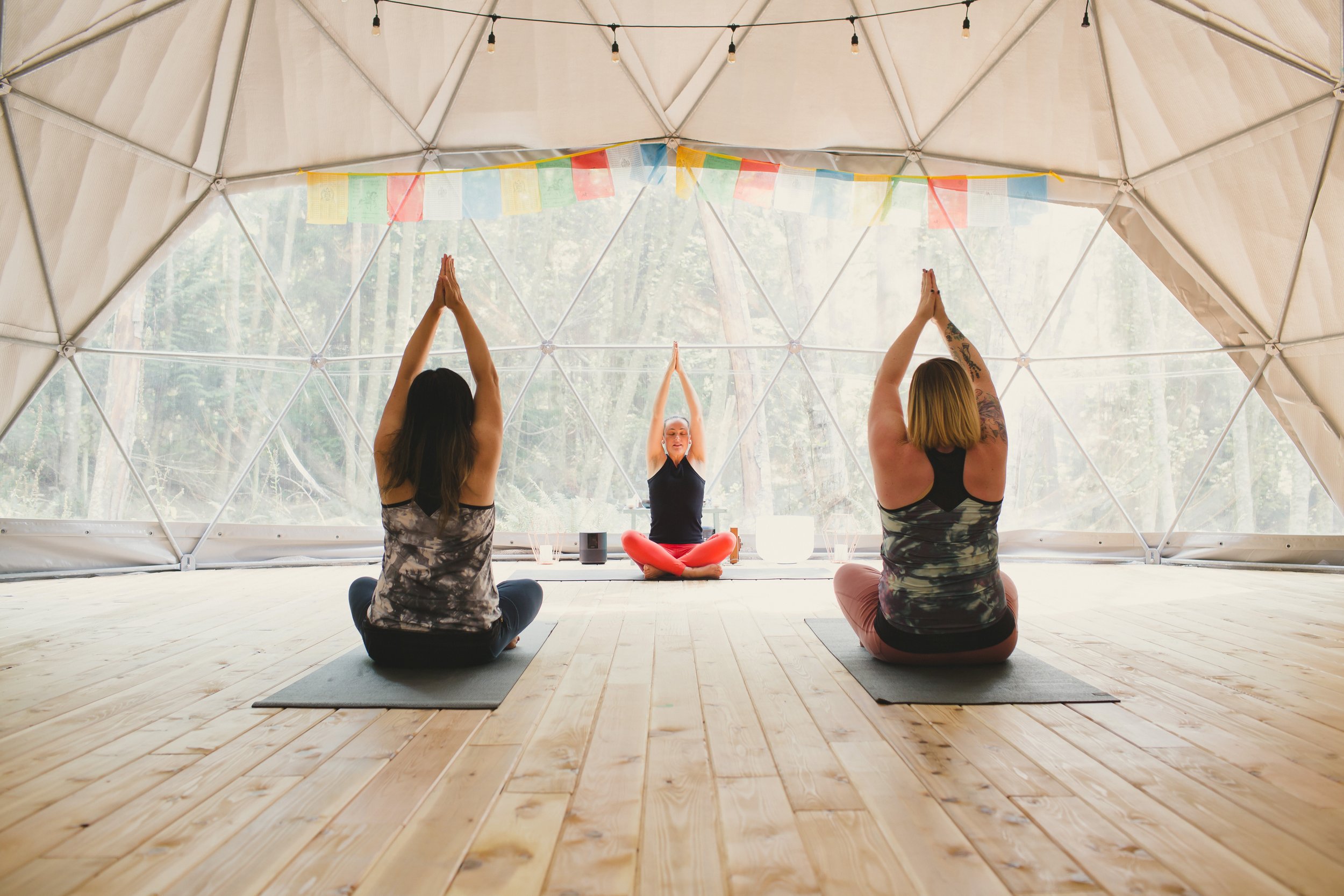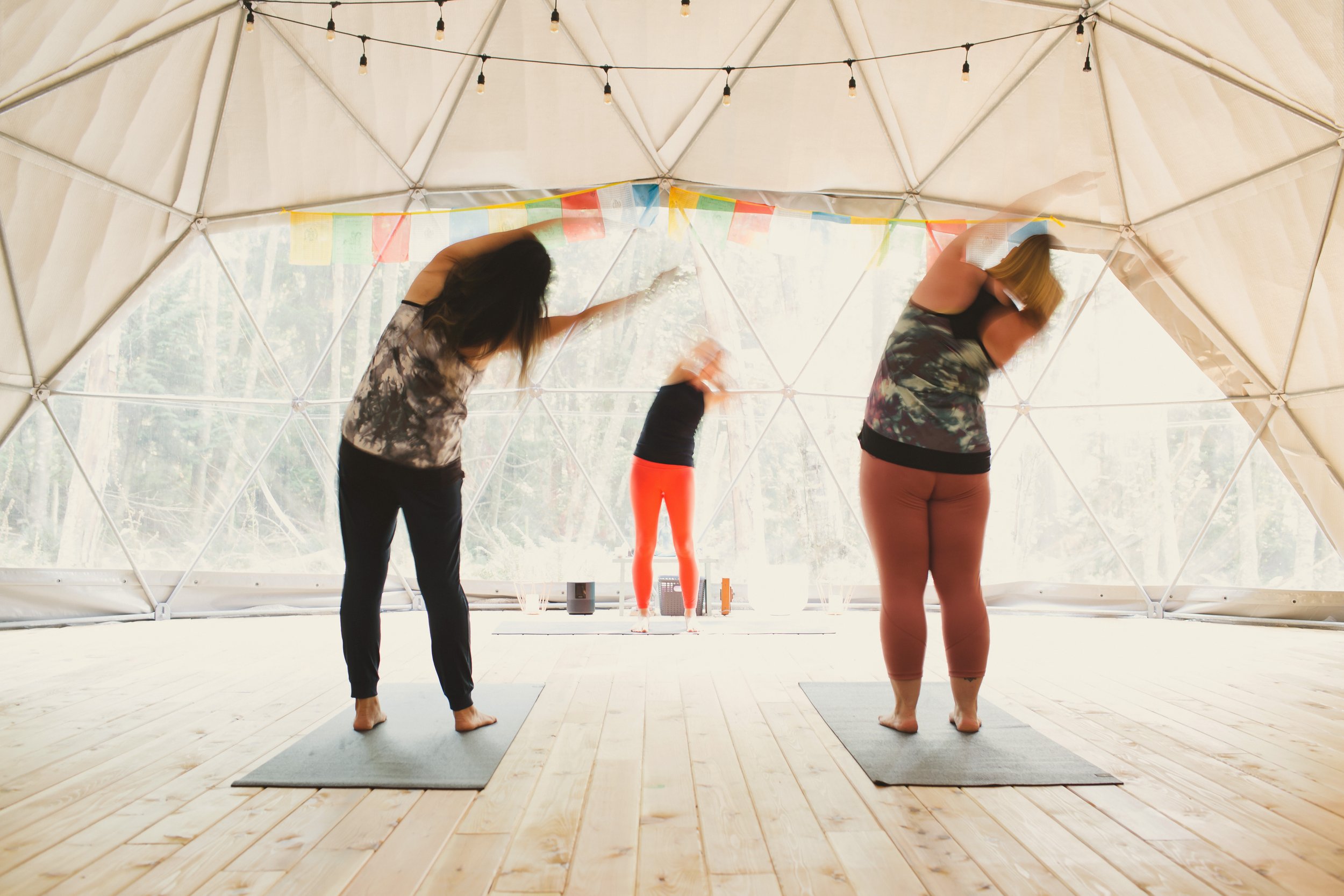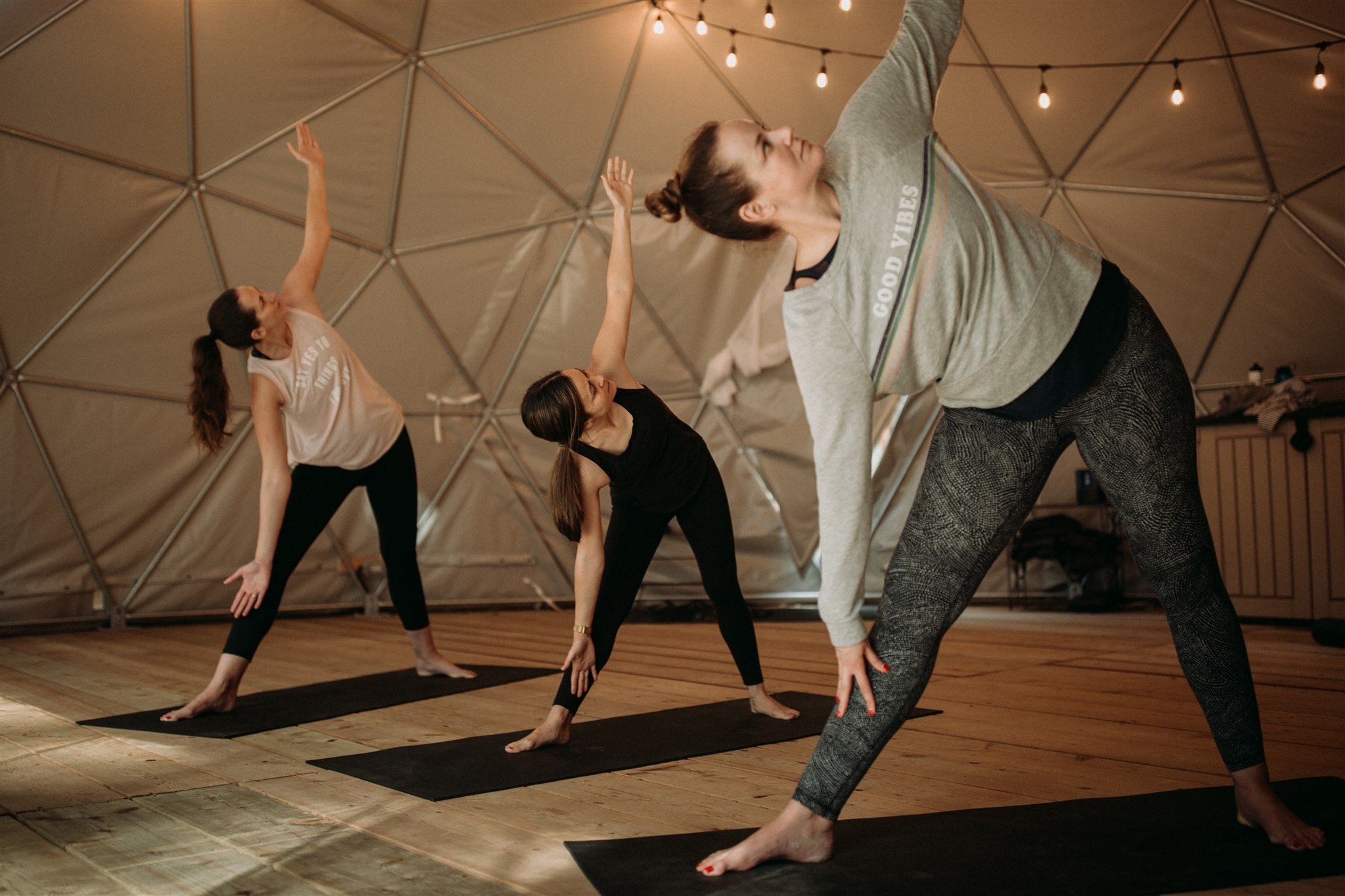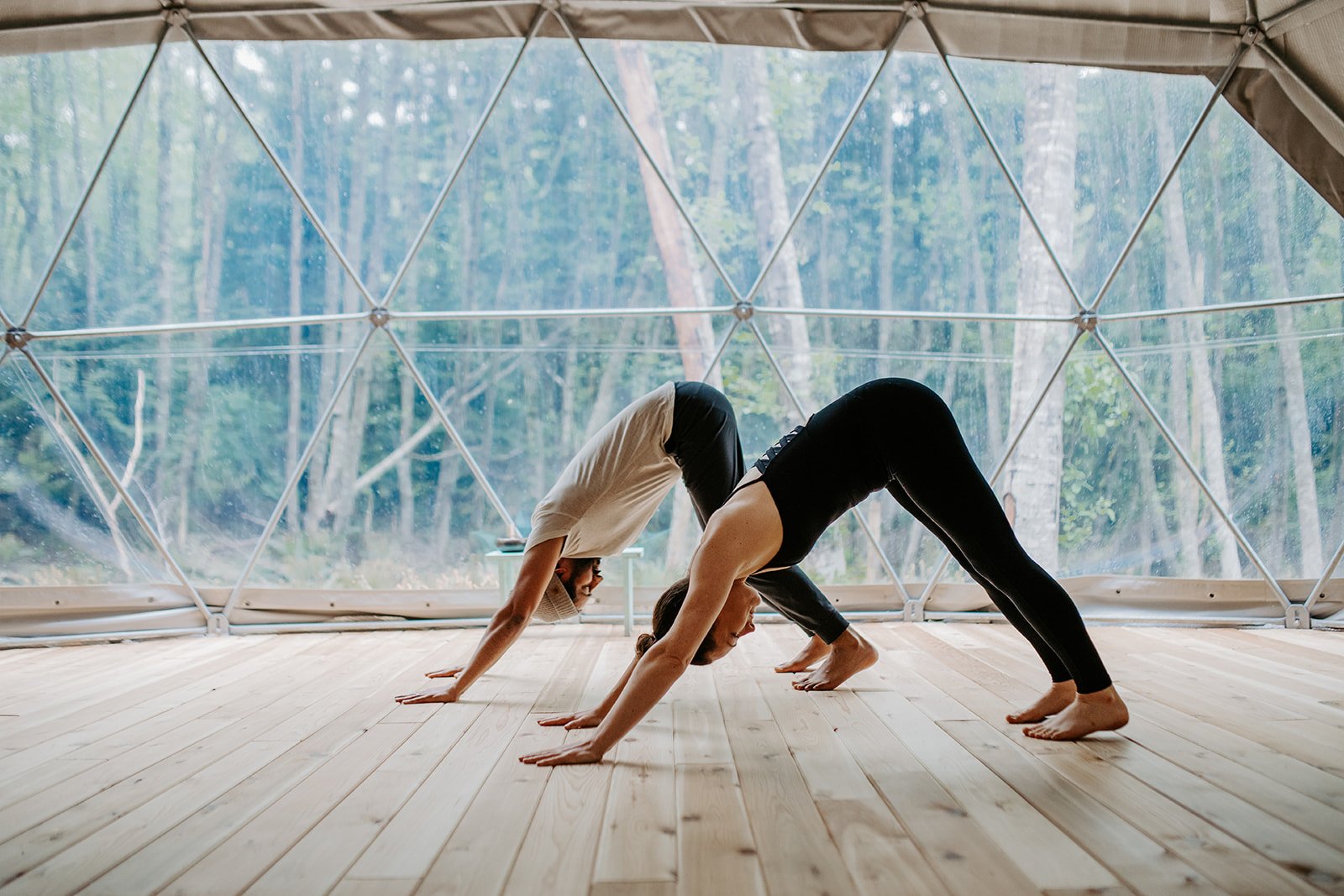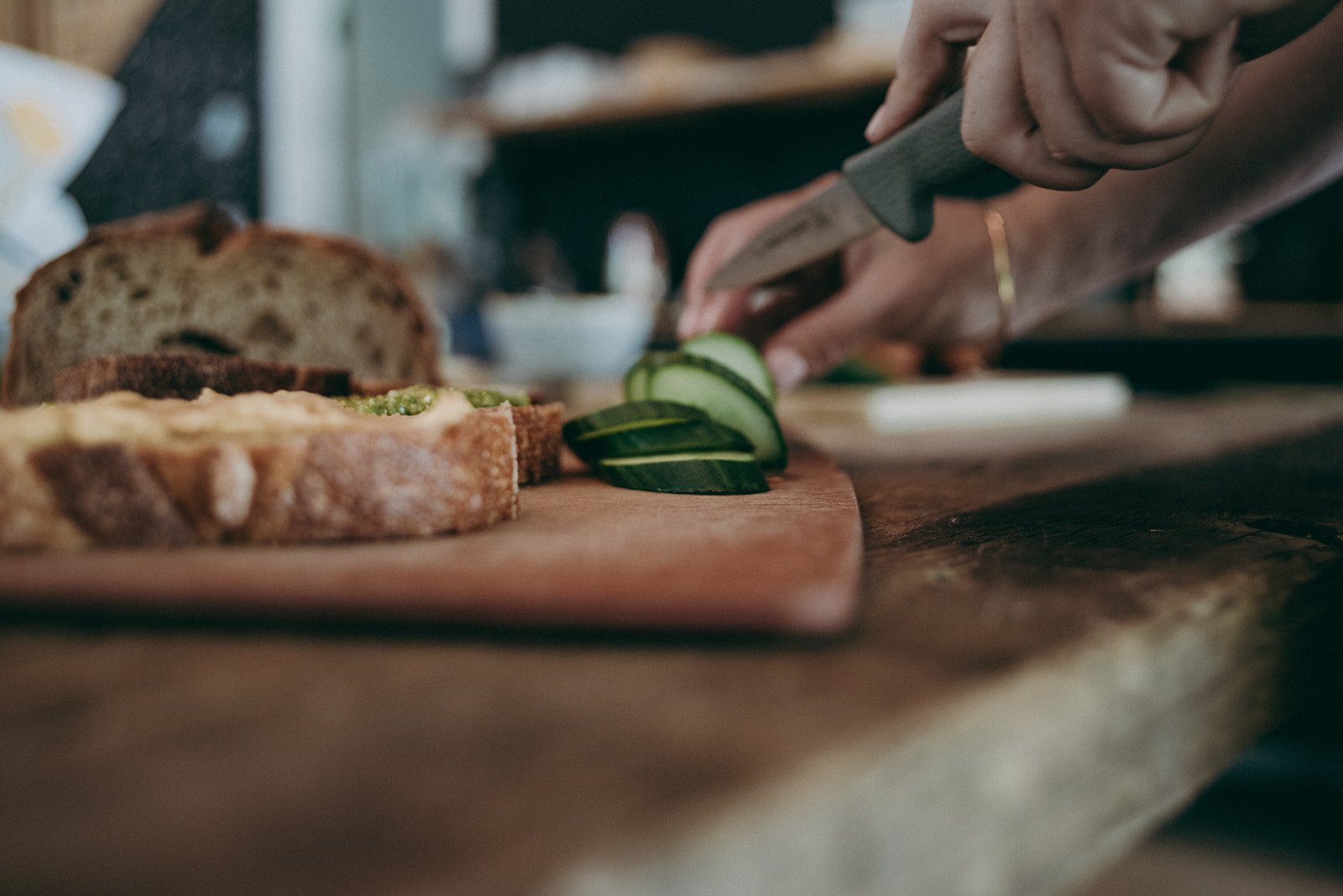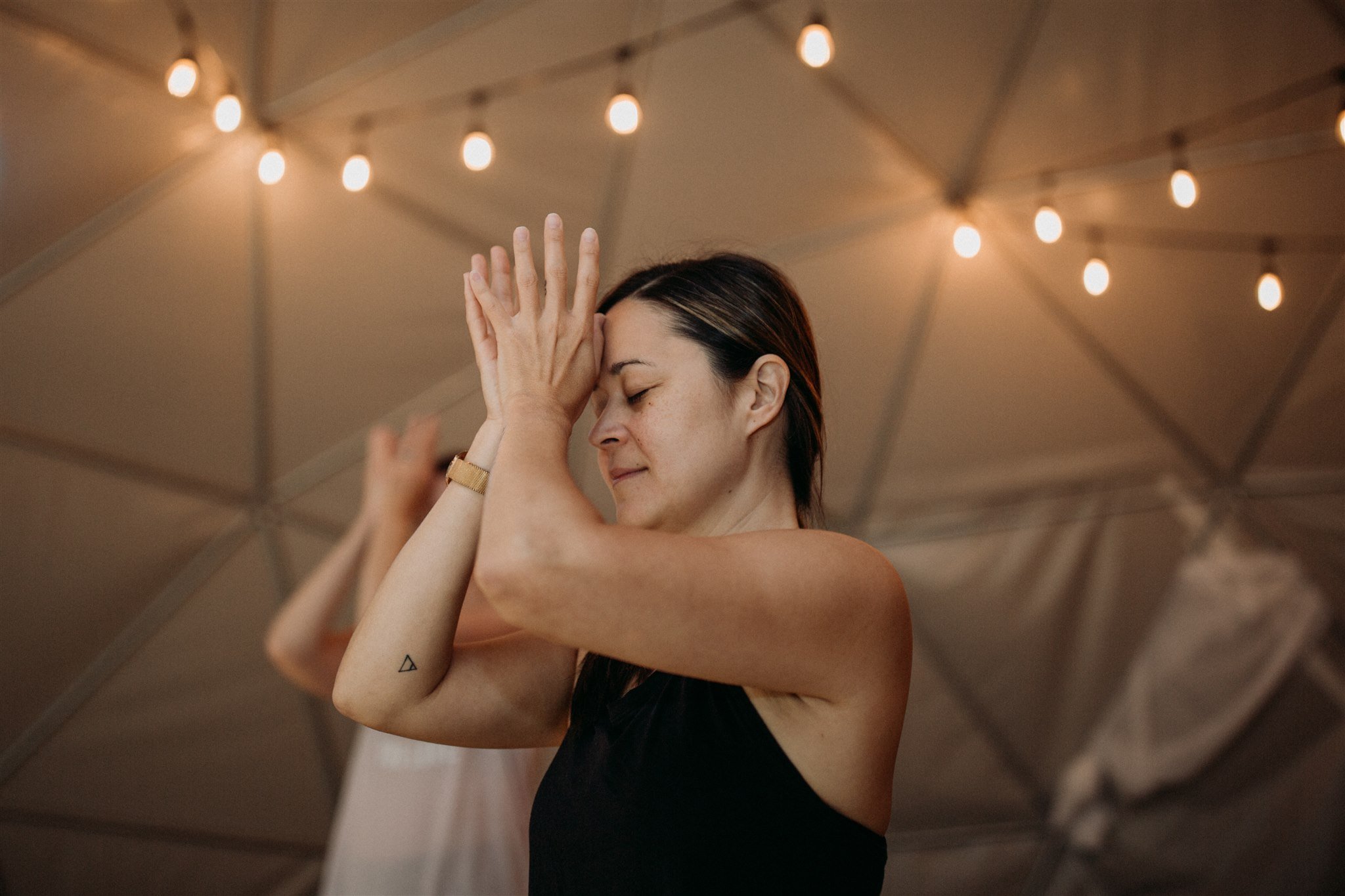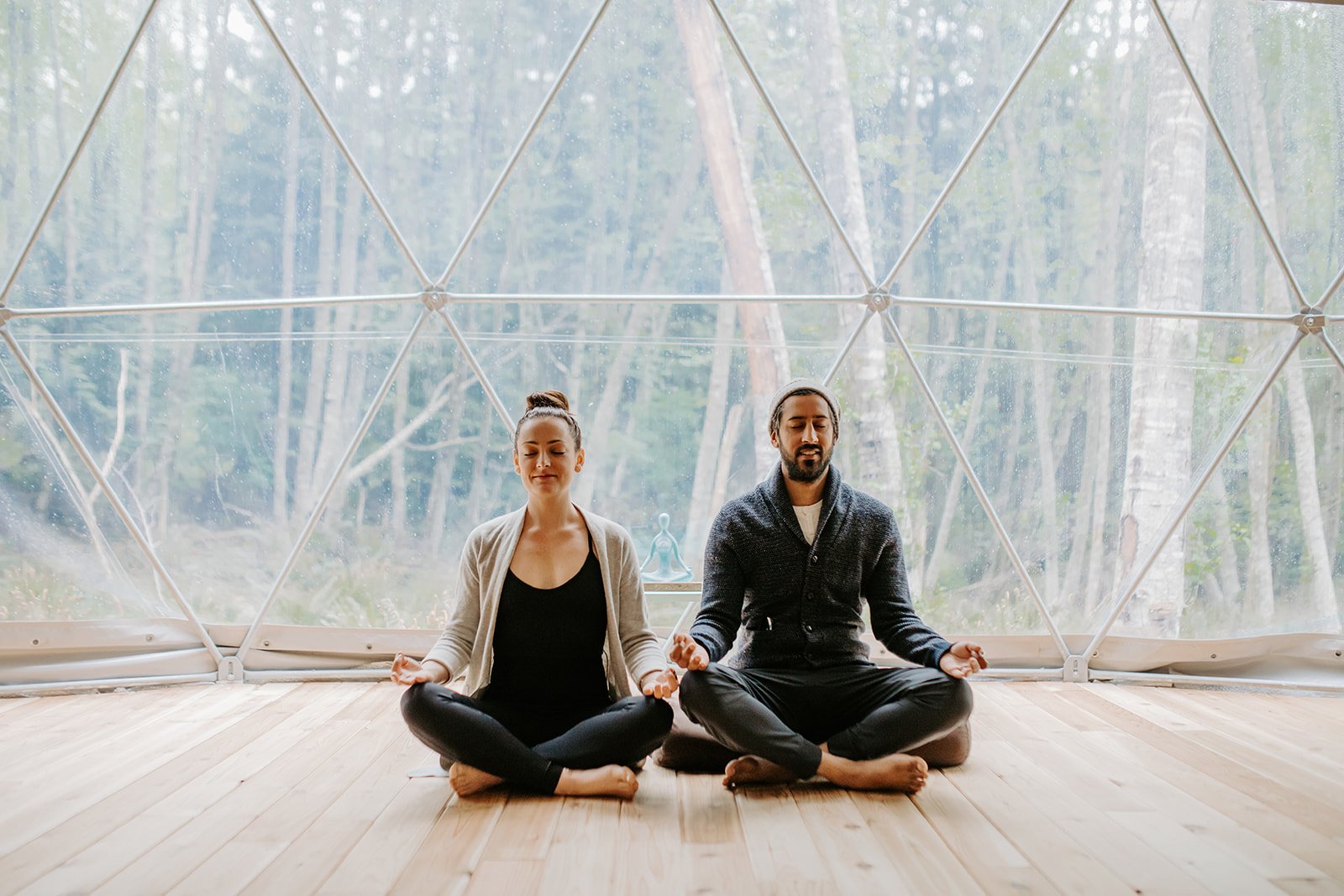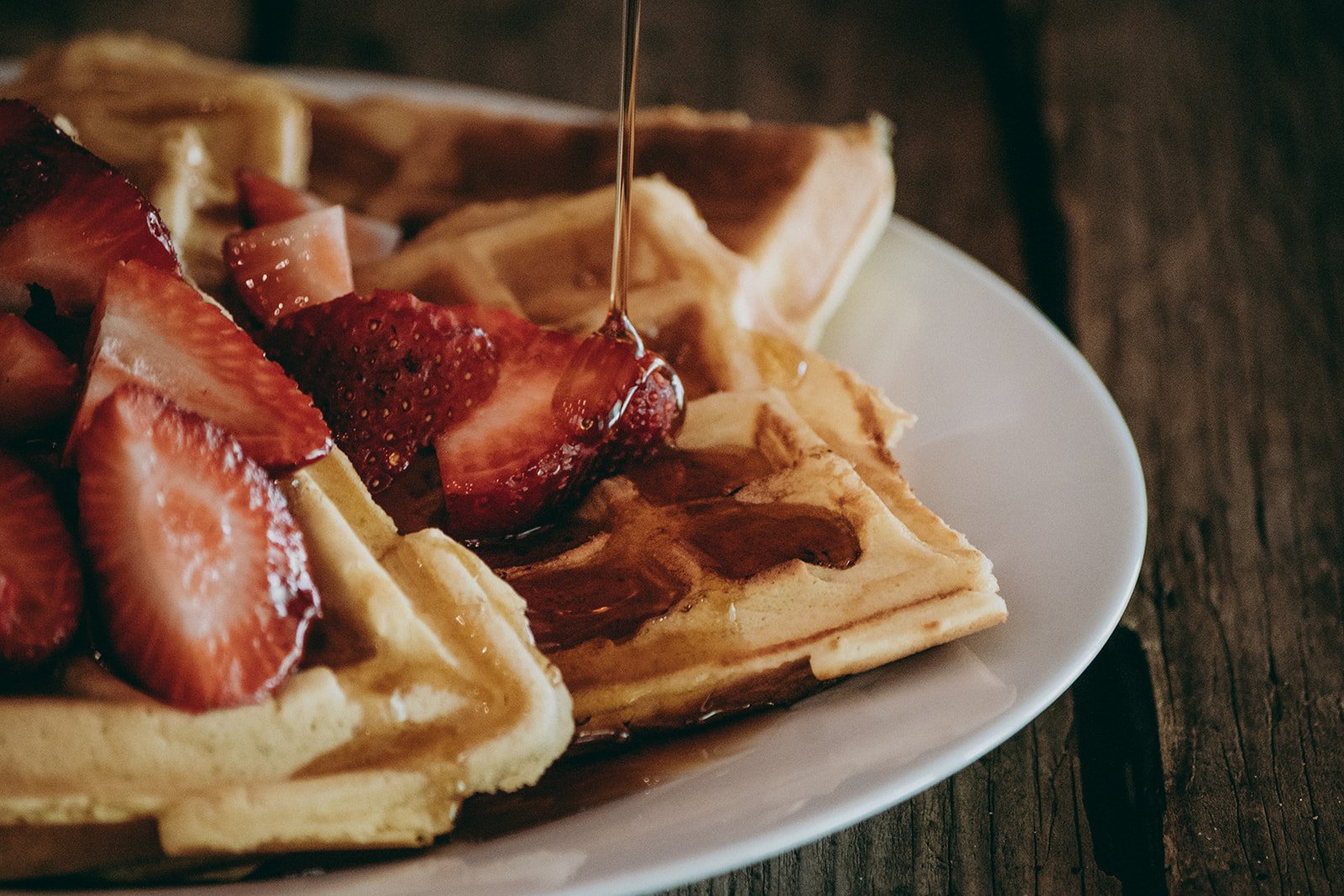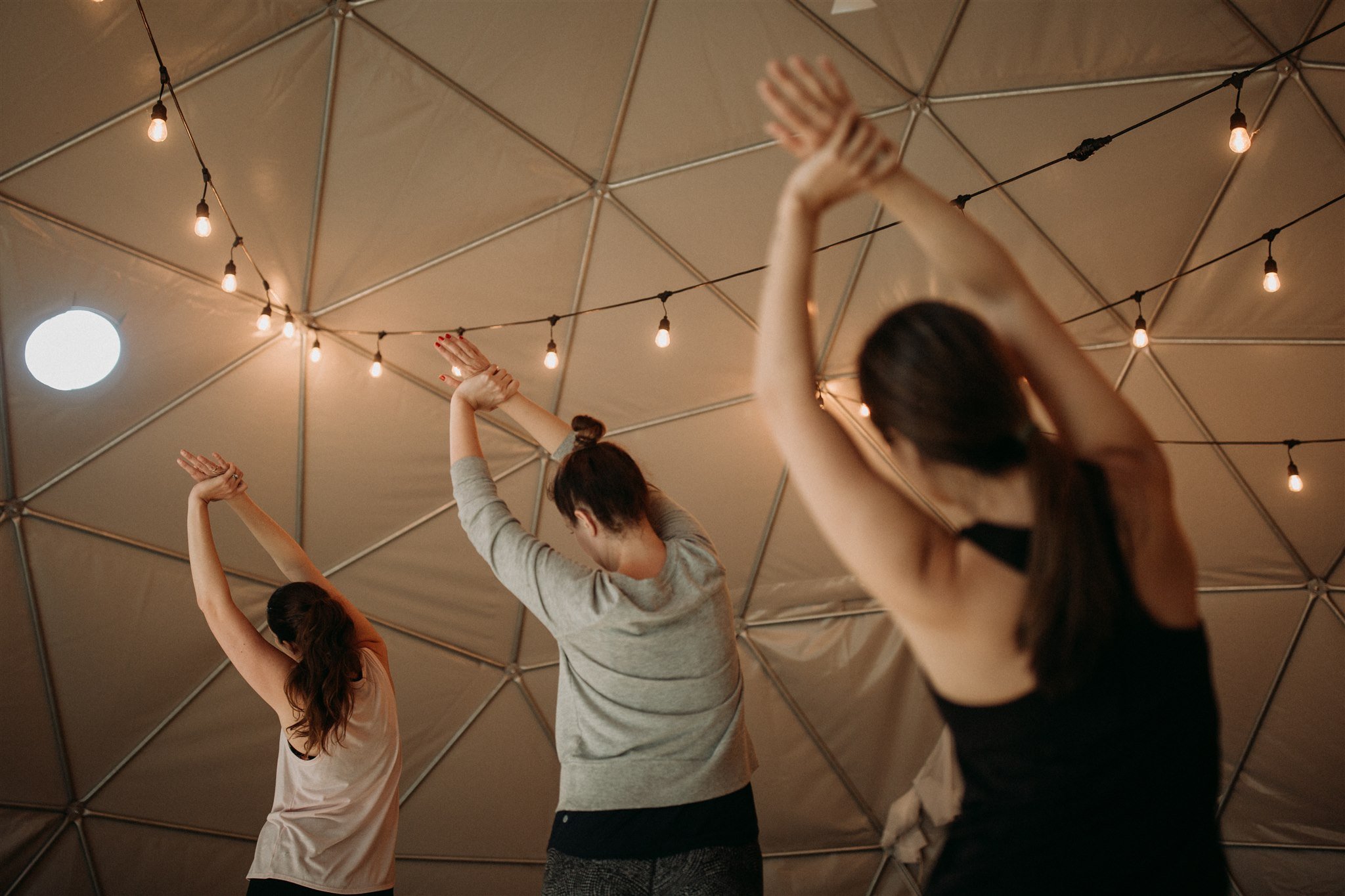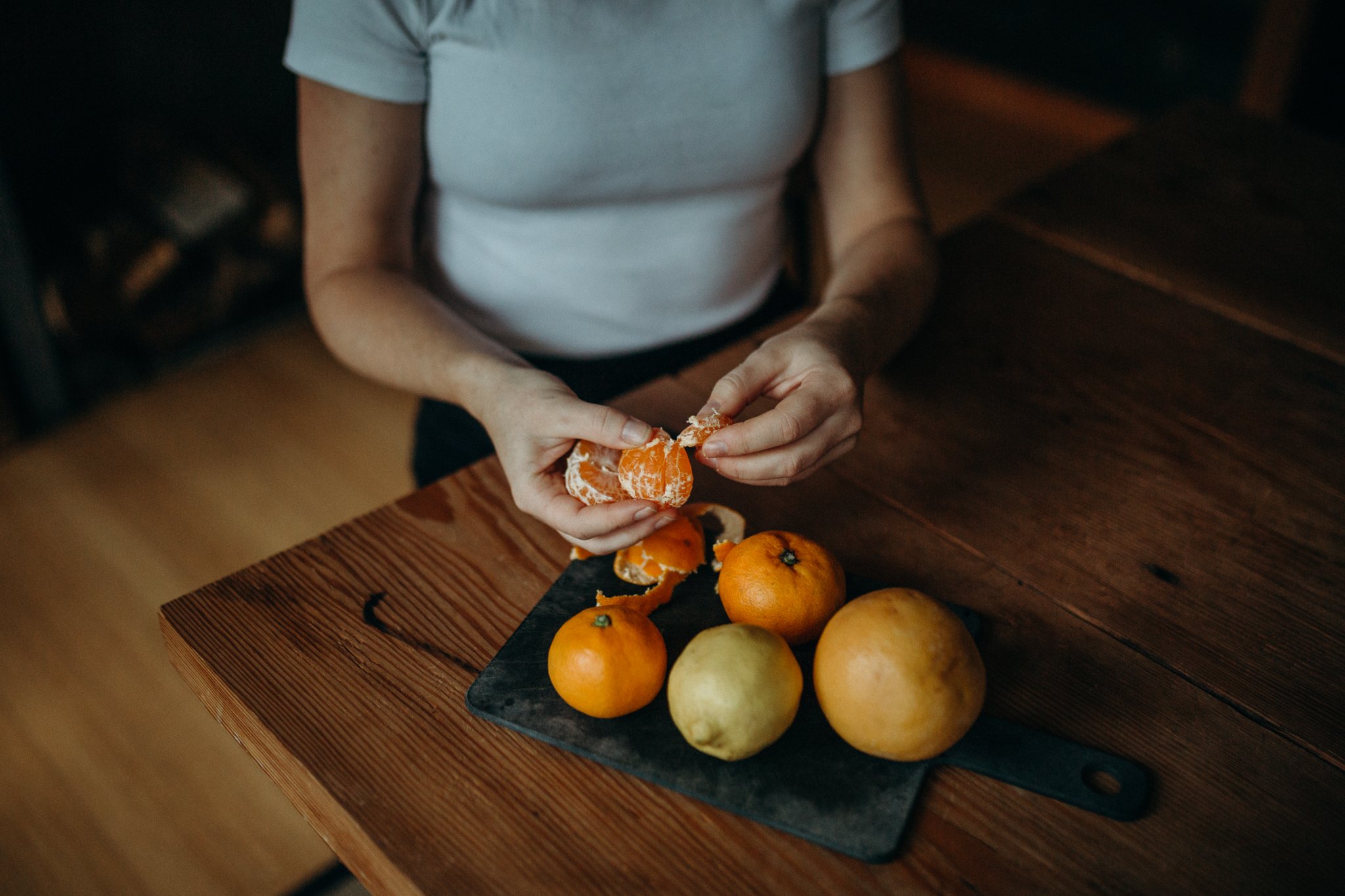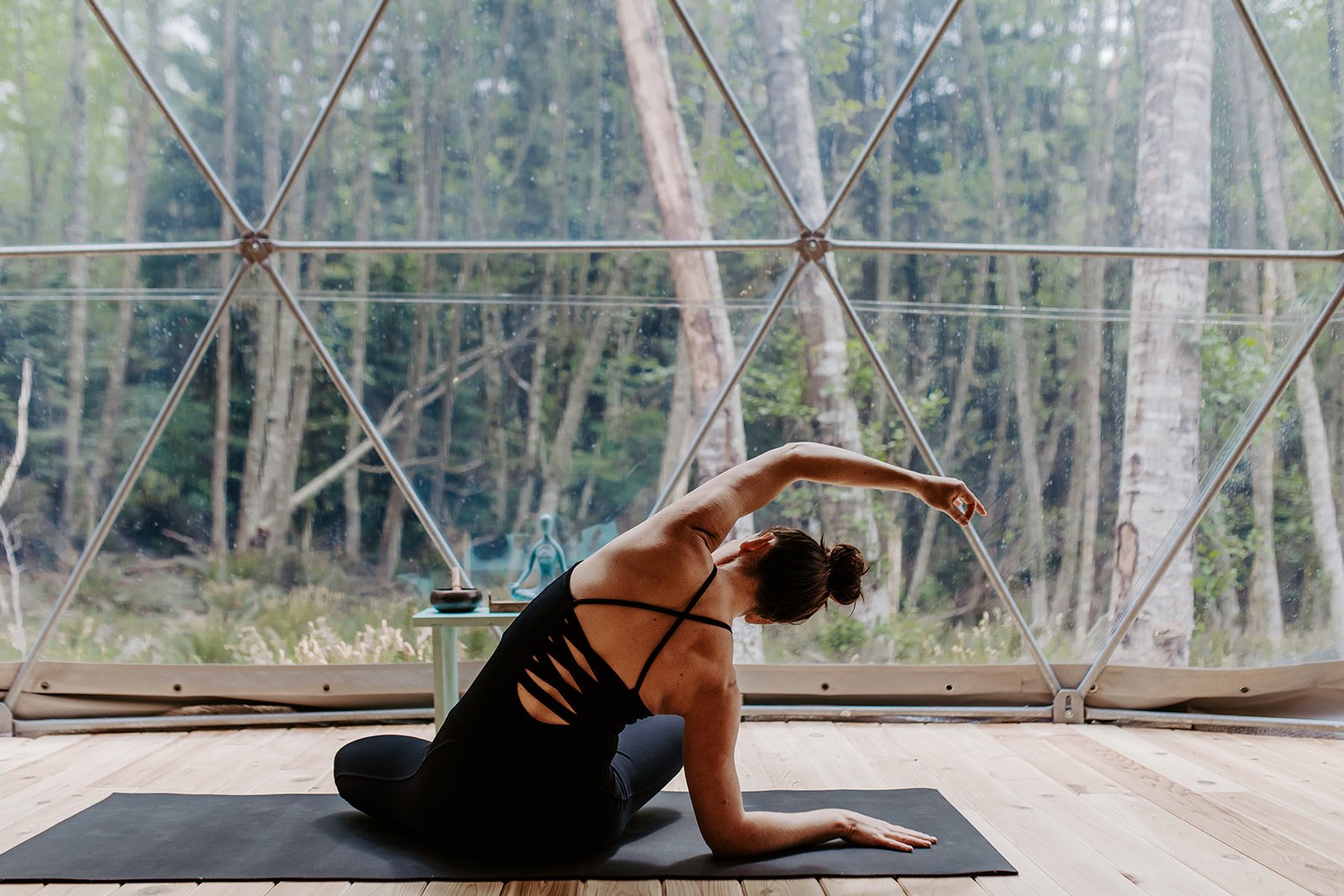Pranayama Practice For A Stress-Free Holiday Season
There are an array of major religious holidays celebrated each year from November to mid-January and with them generally includes opportunities to gather and celebrate with loved ones.
While these times of union and celebrations are joyous occasions, they also typically involve a major shift in your routine, including less time for your usual self-care practices.
In Sanskrit, the word prana translates to “life force” and yama to “gain control” . Yoke the two together into controlled + conscious practices of the breath, Pranayama.
In this blog we outline the benefits of mindful breathwork and a simple yet potent pranayama practice you can explore over the busy holiday season to ensure you’re staying grounded and keeping your own cup full before pouring into others’.
It is common during this time of year in particular for the sympathetic nervous system to be overstimulated from the longer to-do lists that come with preparing for and participating in the holidays.
The sympathetic nervous system controls our fight or flight instincts, which when constantly charged is overwhelming to the body, mind and spirit.
The counter-stimulation of your the parasympathetic nervous system (your rest + digest “mode”) is necessary to stay balanced, which means taking time for yourself to pause and recuperate.
…which is easier said than done, especially during this busy holiday season. However, even a few moments of intentional breathwork can reverse the effects from a triggered sympathetic nervous system and activate the parasympathetic nervous system in high energy moments.
Full breaths coming from the entire lunge capacity (rather than shallow breaths from the upper chest - during fight or flight mode) stimulates the vagus nerve in the parasympathetic nervous system, slowing your heart rate, lowering your blood pressure, and calming the mind + body.
Try out one of our favorite pranayama practices (outlined below) the next time you’re feeling anxious or overwhelmed; allow yourself to come back to the body and reactivate your parasympathetic nervous system, grounding you back into yourself and the present moment.
“Box Breathing”
Sometimes referred to as 4-count breathwork, this type of conscious breathing follows an equal timing for inhaling, holding, exhaling and holding.
Starting with a lower timeframe such a four seconds, begin by inhaling while counting inwardly to four, hold the breath without tensing the body for the count of four, before exhaling while counting inwardly to four as you finish the exhale. Hold the breath out for four seconds before repeating.
You can do this for as many repetitions as you’d like, potentially increasing the count time slowly, every few cycles and building to longer, stronger deep breaths.
Make sure to Follow Us On Instagram for our Chakra Video Series of December, a 7-video series of various other pranayama practices led by Nectar Creatrix, Andrea Clark.
Sending gratitude, peace and holiday wishes to you, our community, may all your dreams come true as we step into a merry + bright new year.
All Photos - Nectar Yoga Copyright


